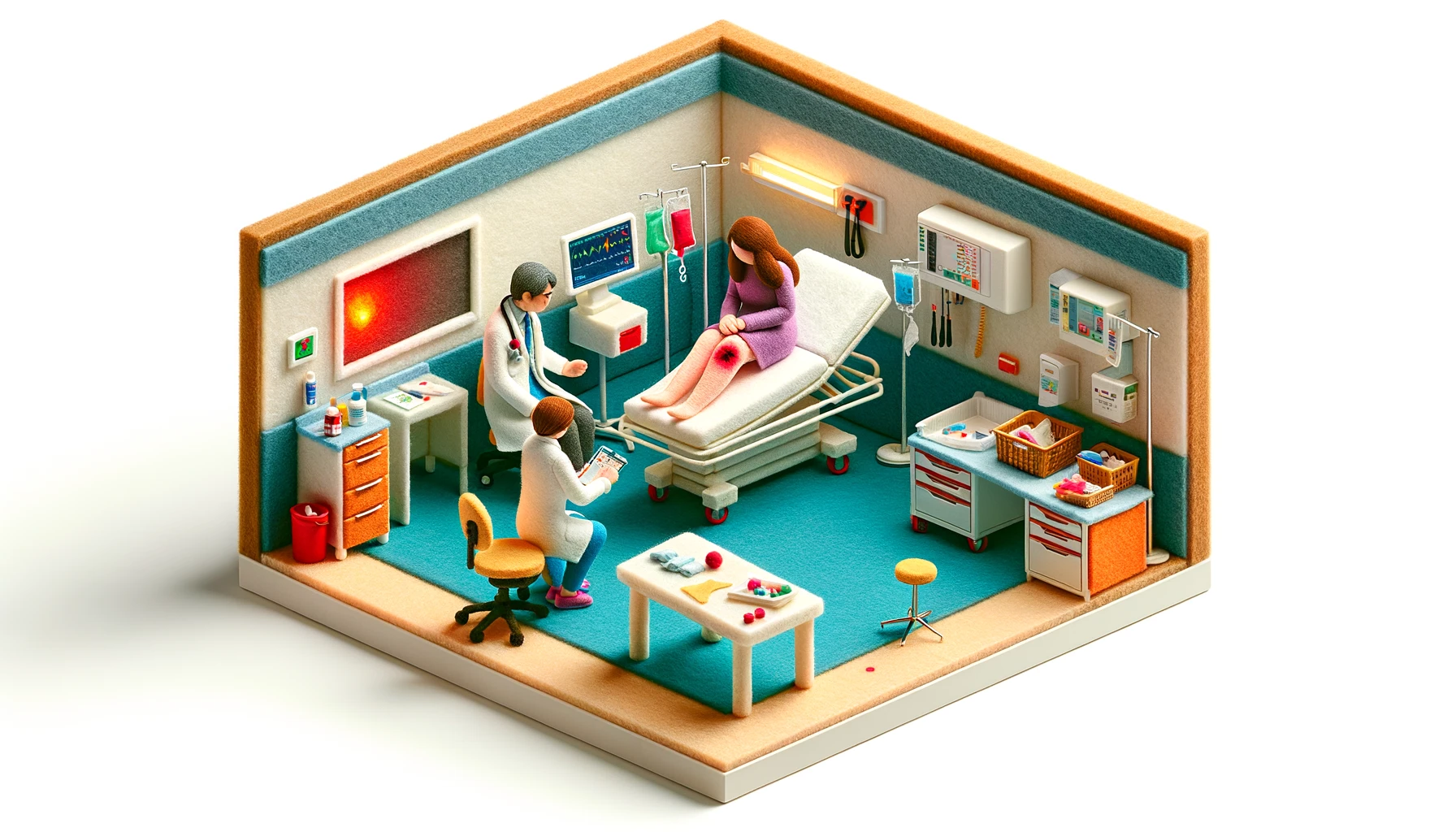
Ortho Examination 2
Station 2
Those pesky w-abits.
Candidate Instructions
Setting:
You are a junior doctor working in A&E. This patient has attended after a running accident. They had immediate onset left sided lower leg pain after a twisting injury.
Name: Paula O’Donnell
Tasks:
1. Perform a relevant orthopaedic examination.
2. Request appropriate investigations from the examiner.
3. Interpret the provided X-ray to the examiner.
4. Give your management plan to the examiner.
Simulated Patient Instructions
Briefing
Please act as the patient and reveal signs and results only as the candidate performs actions or requests tests.
Diagnosis: complete left sided spiral fracture of the TIbia and Fibula
You are Ms Paula O'Donnell, a 29 year old female.
You have presented to the Emergency Department with severe left lower leg pain. Please lay flat on the examination couch, if you can find a pretend ambulance splint or prop to wrap your leg in, please do this (photo available if you are unable to find a prop).
Opening Statement
“Doctor, while I was running in the park, I accidentally got my LEFT leg caught down a rabbit hole. My foot got stuck, and I fell with a twisting motion. The pain was immediate, and I couldn't bear weight on my leg. I have a tingling in my foot which started about an hour afterwards.”
Appearance and Behaviour
Please follow all the physical prompts in the mark sceme to provide prompts to the candidate. If asked where the pain is point to your LEFT mid-tibia/mid-fibular area.
Patient Results
Please interpret these results
Name: Paula O’Donnell
Age: 29
AP radiography of patients left tib-fib.
Date of Study:

Start the Timer and Begin
Intro
Look
Please ask the candidate to examine a real model/actor. Show the attached photos at appropriate times as directed. Please prompt the candidate to verbalise what they are inspecting for.
Leg from the end of the bed
Leg without the cast
Feel
Move
Active Movement
If asked to move the knee or hip the actor should state they are in too much pain and refuse.
Passive Movement
Special Tests
Examiner Instruction
At this point please direct the candidate to move on to interpret the radiograph and give their management plan.
Diagnosis & Interpretation
Please interpret these results
Name: Paula O’Donnell
Age: 29
AP radiography of patients left tib-fib.
Date of Study:

Management
Submit for Scoring
Summary
Ouch! Things to check systematically in a fracture:
Skin integrity
Distal neurovascular status (the 6Ps)
Pulses
Perishingly cold (temperature)
Paralysis
Paraesthesia (numbness)
Palor (colour)
Pain out of proportion to the injury e.g. not responding to pain relief (compartment syndrome)
The loss of sensation to the doral part of the foot is somewhat concerning for a fibular nerve injury here and so urgent orthopaedic review is required. Luckily in our patent the loss of sensation was just due to the swelling caused by the soft tissue injury, however neuropraxia or complete nerve injury must be considered and reviewed urgently. In OSCEs always urgently escalate any distal neurovascular injury.
Re-alignment of fractures is a core orthopaedic principle and therefore initial management is casting for pain relief and realignment - this principle can be applied to all long bone limb fractures so don’t be afraid to suggest realignment and casting in any similar cases. Theatre timing depends on a number of factors. Given the weight bearing nature of the lower limb an ORIF is not appropriate, we need an IM nail because it can bear weight and allow the patient to return to activity with rehab (see right).
The IM nail used to repair the fracture.
Tags | Ortho | Orthopaedics | Orthopedics | Tibial Fracture | Broken Leg | Trauma
Station Written by: Dr Benjamin Armstrong
Peer Reviewed by: Dr Ranj Bhakar
Want to suggest an edit?
Comment below and we'll get right to it!



